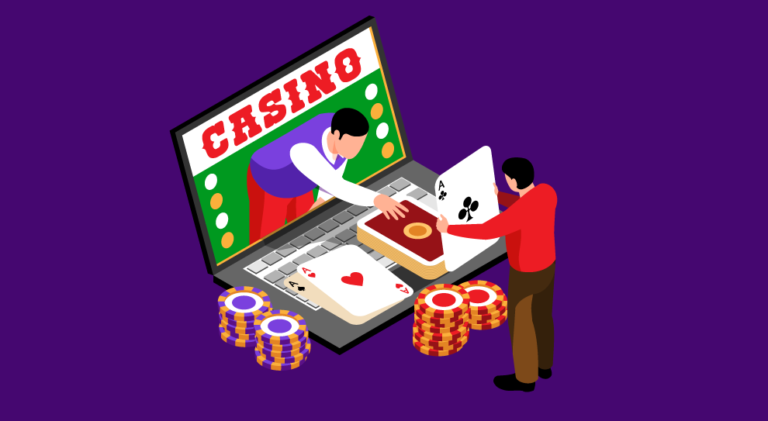What is Pension Planning, and How can one Get Started?
Pension planning is a step-by-step and multi-faceted process to build the foundation of your post-retirement financial stability. A pension plan is a type of employee benefit scheme that guarantees regular contributions from your employer and, over time, collects and invests appropriately to fund a predetermined amount of money when the employee retires.
There are different kinds of pensions that you can go for. There are ‘Defined Benefit (DB)’ plans in which the employer takes all the responsibilities of planning, investing, and contributing towards the fund. The employee gets a pension according to a predetermined formula, and the employer is liable for the full payment.
There are ‘Direct Contribution (DC)’ plans in which the employer promises a regular contribution but can also be matched by the employees. It’s much more flexible in selecting investment funds and more affordable for companies.
Then, there are various other options like PRSA (Personal Retirement Savings Account), ARF (Approved Retirement Funds), and ETV (Enhanced Transfer Value) as well which can help you plan your pension to a tee.
So, here are some tips for you to get started on planning your pension:
1. Understanding the timeframe
Your current age and the age you’re expecting to retire- the difference between them is your timeframe for planning everything. If you’re young and have quite a bit of time on your hands, you can take more risks in the portfolio like stocks.
And when you get older, your pension planning will change its strategy. It should instead focus on preserving what you already have and the slow-but-steady approach. A stable income is the need of the hour, as your need for the pension will come soon enough.
The market will be volatile now and then, but stocks generally outperform every other security fund like bonds in the long run. But the emphasis here is on the ‘long run’, which practically means a period of ten years at least.
Then, it would help if you also made your investments inflation-proof so that your buying power remains the same after retirement.
2. Identifying the needs
You need to identify things, habits, and future targets and incorporate them into your pension.
If you believe that you’d only need 70-80% of your current annual expenditure, then it’s not very realistic. You can take the help of an Irish pension calculator, a virtual tool that will help you to estimate how much you’ll get at your current investment rate. With that knowledge, you can get better.
Inflation will rise, costs and frequency of medical treatments will increase, and there may be a hundred other things like the mortgage, children’s education, or a plan to buy a home- these are valid reasons to save a bit more than you think. Better be safe than sorry.
Also, many retirees wish to travel, complete their bucket lists, go shopping, and buy a couple of expensive products after retirement. You need to remember all that as a good portion of it has to come from your pension.
3. Having a good return rate (after-tax)
Only two things are constant in life: death and taxes. So, however much you invest, all of it will be taxed in some way or the other. And that’s why you should always work with the after-tax rates.
When your timeframe and needs are decided, the next most important aspect of pension planning is the real rate of your return on investments or the after-tax rate.
This rate is the parameter of your plan’s feasibility, whether or not you’ll be able to generate the money you’ll need for your pension. If your rate gets close to 10% after deducting the tax, it’s at the optimal stage. However, don’t expect to go past the 10% mark, even if you’re in for the long haul.
As your age increases, the threshold of your return will automatically come down as the lower-risk pension plans are usually packed with security funds with a fixed income and a low yield.
4. How much risk you’re willing to take
You can make your own pension plan or consult a professional- either way, you need to strike a balance between averting risks and fulfilling targets for returns. It’s the toughest and most personalized part of pension planning.
Because it all depends on your risk tolerance, everyone has a different capacity for risk-taking. So, you need to decide whether you want to put the biggest chunk into stocks and other risquè prospects or are satisfied with risk-free interest on bonds and other savings options.
You must identify which things are necessary and which are more of a luxury for you. And don’t stifle yourself by micromanaging everything. Instead, give it some time, and then decide what you want and don’t.
CONCLUSION
Post-retirement age is called the golden years. You must plan it from now to make it a reality years later. All of that starts with efficient pension planning. So follow the tips above, and start planning for those beautiful years.
Read More: Satellite Platform Microvibration






